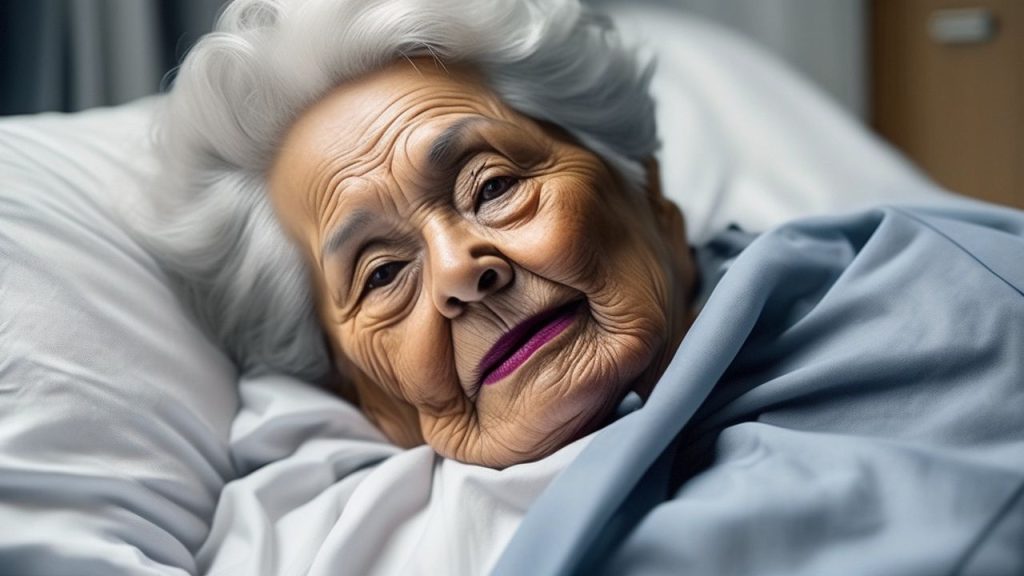What are the differences between facial paralysis and mouth deviation caused by stroke?
Facial paralysis and mouth deviation caused by stroke
Facial paralysis refers to a condition where patients present with facial nerve dysfunction, such as mouth deviation, without changes in consciousness, hemiplegia, or difficulty speaking. It is also known as “facial paralysis” or “crooked mouth.” It is completely different from mouth deviation caused by stroke and does not usually convert between the two. Therefore, there is no need to be anxious or worried. This disease can occur at any age, but it is more common in young and middle-aged individuals. The onset is sudden, and most patients have a good prognosis after active treatment.

Facial paralysis starts abruptly, and patients often find one side of their face numb and paralyzed upon waking up. They cannot make facial expressions like frowning, showing teeth, or puckering lips, and their mouth corners drift to the other side. When they rinse their mouth, water flows out, and food often gets stuck between their teeth on the affected side during meals.
The affected side’s forehead lines and nasolabial folds disappear, eye closure is incomplete, and they may cry when exposed to wind. Some patients experience pain in the back of the ear, under the ear, and on the face at the beginning of the disease. In severe cases, patients may also experience taste loss in the anterior 2/3 of the affected side’s tongue, auditory hypersensitivity, and other symptoms.
Although stroke may also cause facial paralysis, it is known as central facial paralysis, which usually only affects the lower part of one side of the face, presenting with a crooked mouth. However, expressions like frowning and raising the eyebrows are usually not affected, and the eyelids do not show incomplete closure.
peripheral facial paralysis, also known as Bell’s palsy, is completely different from central facial paralysis caused by stroke. The etiology is not fully understood, but it may be caused by external factors such as facial cooling and exposure to cold winds, leading to vascular spasm, ischemic edema of the facial nerve, and compression by external tissues. In the course of peripheral facial paralysis, it can also affect the chorda tympani nerve, the stapedius muscle nerve, and the Geniculate ganglion, resulting in some special clinical symptoms.
If simultaneous loss of taste in the anterior 2/3 of the tongue occurs, it is caused by chorda tympani nerve lesions. In addition to loss of taste, involvement of the stapedius nerve also includes hyperacusis, and when it progresses to theGeniculate ganglion, pain in the ear region, or furuncle or bulla formation in the auricle or eardrum occurs on the basis of facial paralysis and loss of taste. Treatment includes large doses of B vitamins such as B1, B2, B6, and B12, continuously administered for 1 to 2 months.
hormone therapy is also used, with prednisone 10mg or dexamethasone 0.75mg three times a day for 1 to 2 months. Local treatment includes hot compresses, infrared radiation, and ultrashort waves to promote recovery.
Facial muscle twitches, also known as hemifacial spasm, occurs more frequently in middle-aged women. The clinical manifestations are spontaneous irregular twitches of one side of the facial muscles, usually starting from the orbicularis oculi (muscles around the eye), then spreading to the entire side of the face, with significant twitches at the corners of the mouth. The entire course is characterized by chronic progressive deterioration without spontaneous remission.
The condition worsens under stress, disappears during sleep, and the etiology is still unclear. In some cases, it occurs after peripheral facial paralysis, so some people believe that the disease is related to facial nerve lesions, but has nothing to do with stroke. The author has treated many patients with facial nerve spasm in clinical practice, and almost all of them simultaneously experienced a fear of stroke, worried that facial muscle twitches could cause a stroke. In fact, this is an unnecessary concern.
One study on facial paralysis and mouth deviation caused by stroke
One study on facial paralysis and mouth deviation caused by stroke is “Rehabilitation of Facial Paralysis and Mouth Deviation in Stroke Patients: A Multidisciplinary Approach” conducted by researchers from the Department of Rehabilitation Medicine at the University of Tokyo Hospital in Japan.
The primary focus of the study was to investigate the effectiveness of a multidisciplinary rehabilitation approach in managing facial paralysis and mouth deviation in stroke patients. The researchers aimed to develop and evaluate a comprehensive rehabilitation program that included physical therapy, occupational therapy, speech therapy, and psychological support. The study involved a detailed assessment of patients’ facial nerve function, oral motor skills, and psychological well-being before and after the intervention.
The study demonstrated that a multidisciplinary rehabilitation program significantly improved the recovery of facial nerve function and reduced mouth deviation in stroke patients. It showed that targeted physical and occupational therapies, such as facial muscle exercises and oral motor training, were particularly effective in enhancing facial symmetry and oral function. The inclusion of speech therapy helped improve speech clarity and swallowing ability, while psychological support played a crucial role in addressing the emotional challenges faced by patients with facial paralysis.
This research contributed to the field by providing evidence-based guidelines for the rehabilitation of facial paralysis and mouth deviation in stroke patients. It highlighted the importance of a coordinated, multidisciplinary approach to maximize functional recovery and improve the quality of life for these patients. The study also emphasized the need for further research to refine rehabilitation techniques and to explore the long-term outcomes of such interventions.




